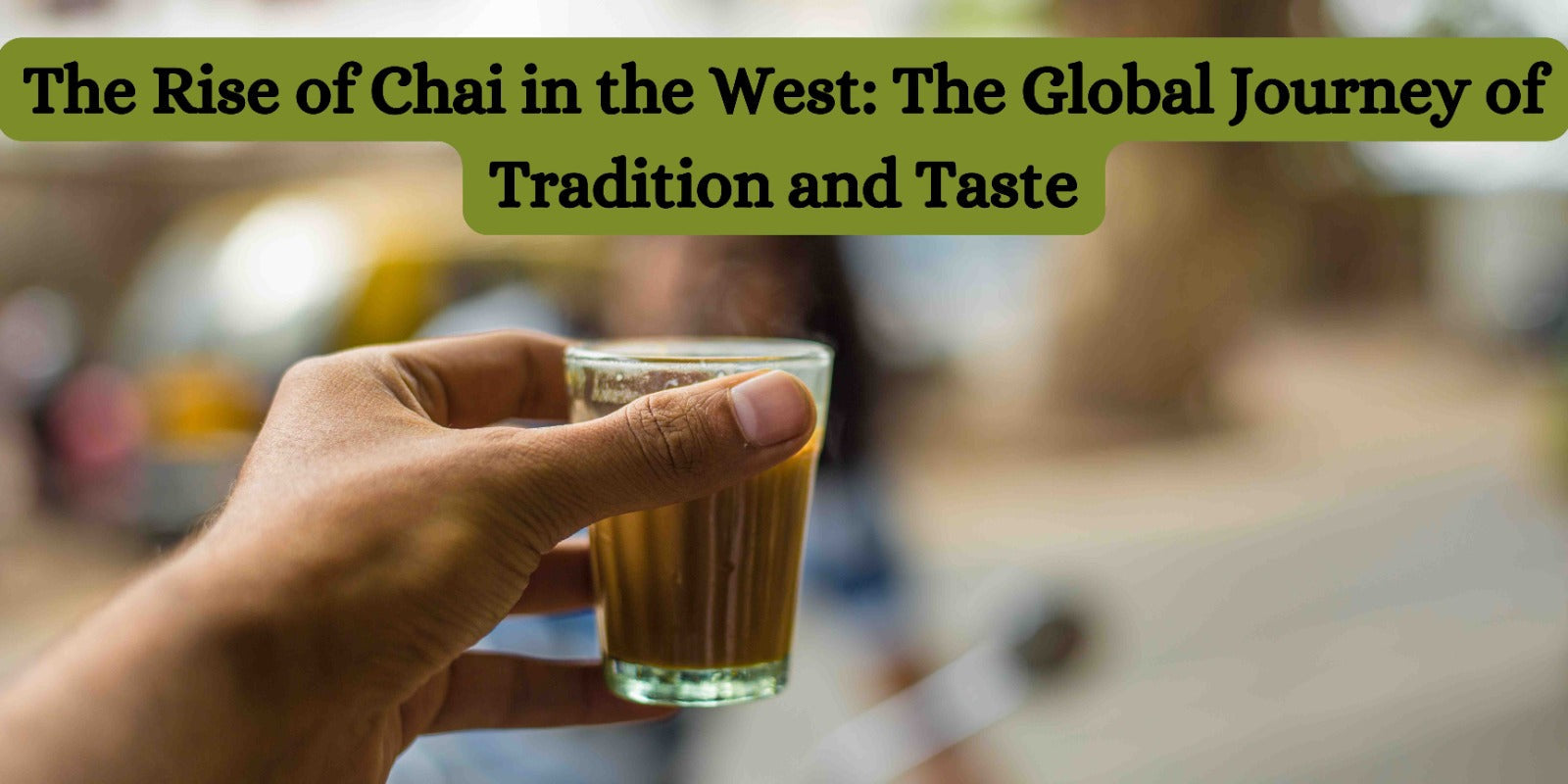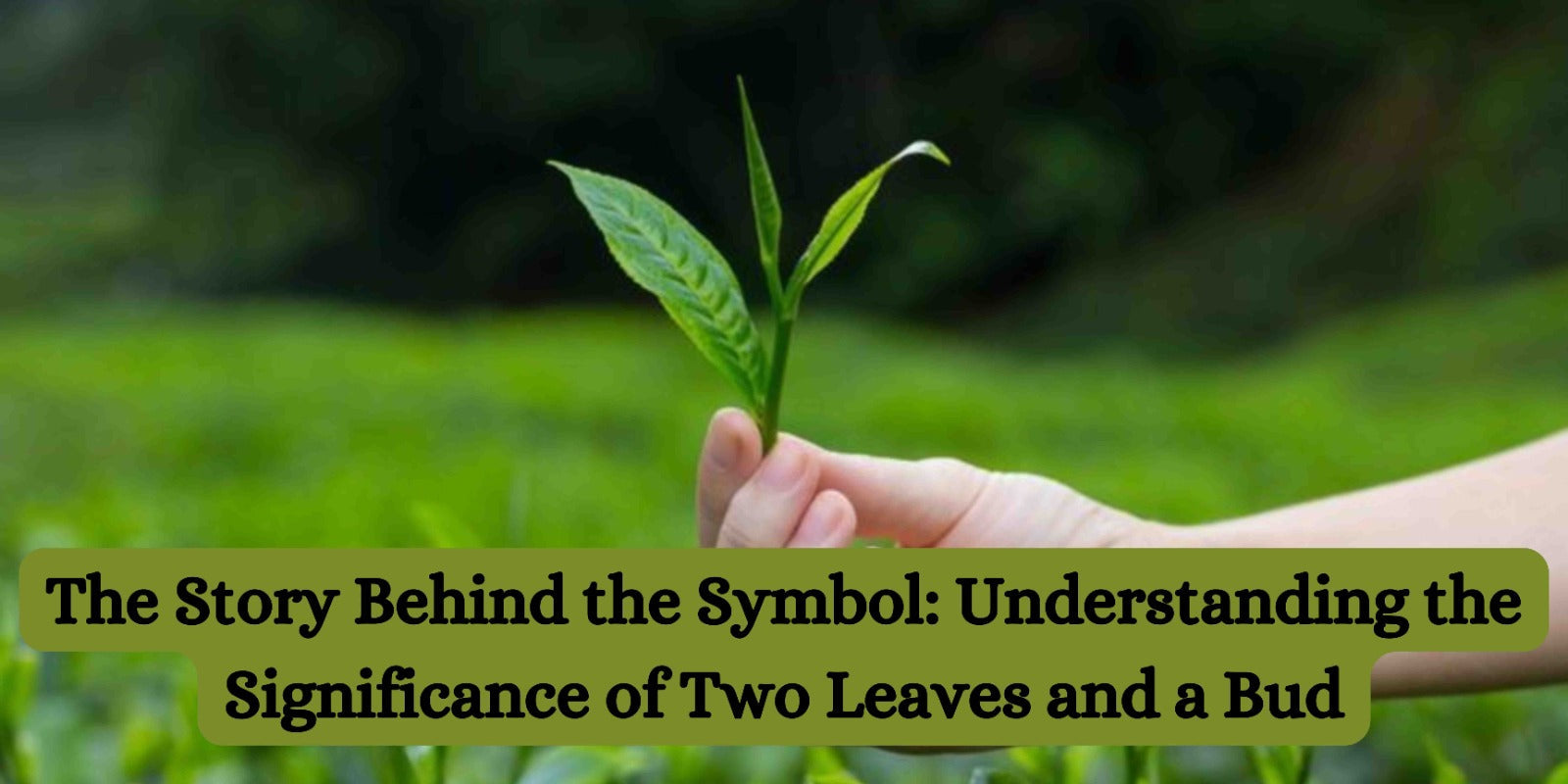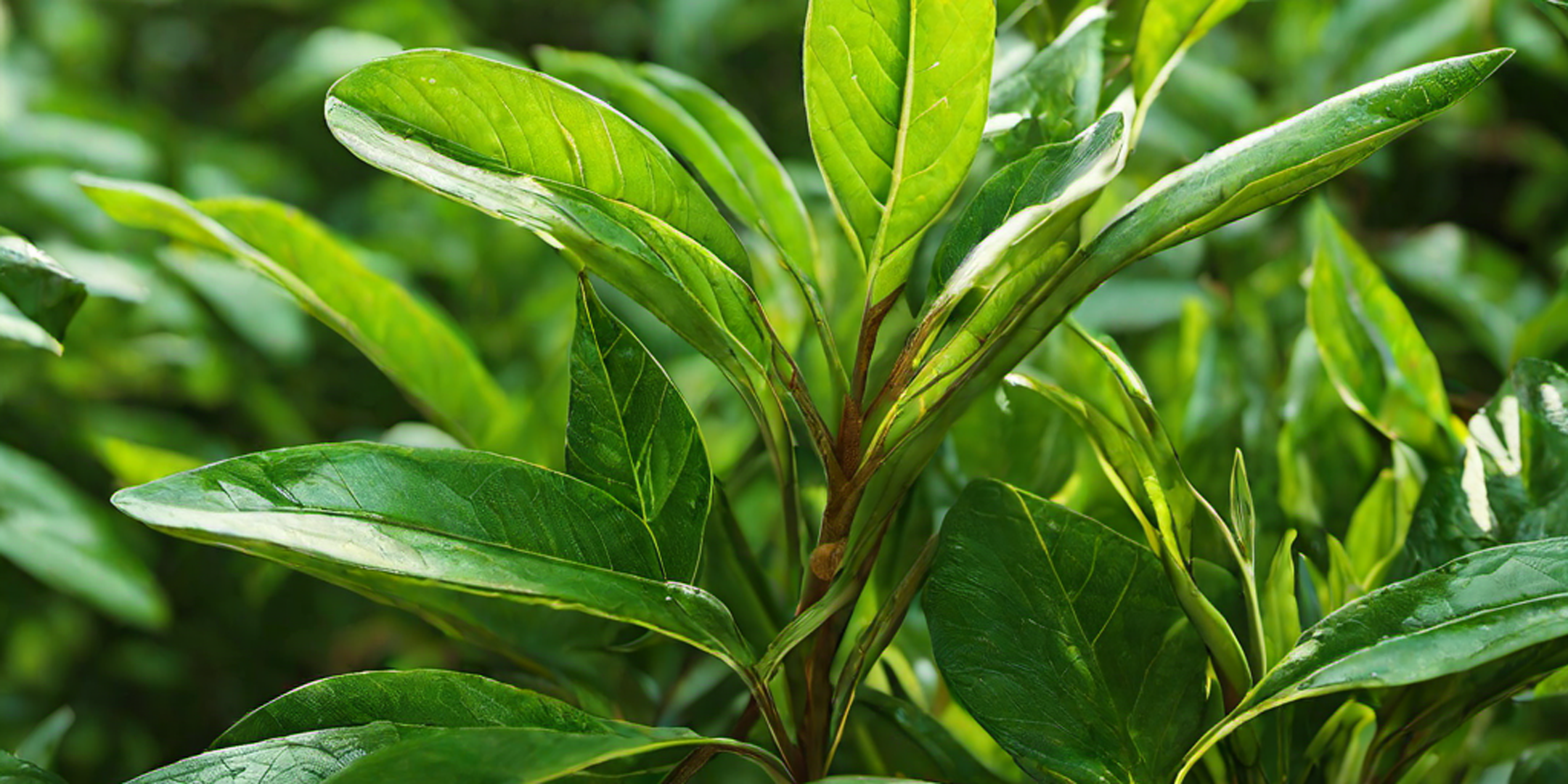When we think of tea, we imagine different colors—green, black, white, oolong, and even golden hues. But did you know that all these varieties come from the same plant? Yes, whether it’s a strong black tea, a delicate white tea, or an aromatic oolong, they all originate from the Camellia sinensis plant.
So, how does one plant produce so many different types of tea with varying colors and flavors? The secret lies in the processing methods, especially oxidation. Let’s explore the diverse colors of tea and understand how they change from one form to another.
The Science Behind Tea Colors
Tea leaves contain natural compounds like polyphenols and catechins, which react with air during processing. This reaction, known as oxidation, changes the color and taste of the tea.
-
Minimal oxidation results in lighter-colored teas like white and green tea.
-
Full oxidation leads to darker teas like black tea.
-
Partially oxidized teas, like oolong, fall in between, displaying beautiful shades of amber and brown.
Now, let’s explore the different colors of tea and what makes each of them unique.
1. Green Tea – The Vibrant Green Shade
🍃 Color: Light green to yellowish-green
🍃 Oxidation Level: None or very minimal
🍃 Flavor: Fresh, grassy, slightly sweet
Green tea is one of the least processed types of tea. The leaves are quickly steamed or pan-fired to stop oxidation, preserving their natural green color. Since oxidation is prevented, chlorophyll (the green pigment in plants) remains intact, giving green tea its vibrant shade.
Popular Green Teas:
✔ Matcha (Japan) – Bright green powdered tea
✔ Sencha (Japan) – Yellowish-green brew
✔ Dragon Well (China) – Light green infusion
2. White Tea – The Pale and Delicate Shade
🌿 Color: Pale yellow or light golden
🌿 Oxidation Level: Very low (5-10%)
🌿 Flavor: Mild, floral, slightly sweet
White tea is the least processed tea. It is made from young tea buds and leaves, which are simply wilted and dried under the sun. Since oxidation is minimal, the leaves retain their delicate light color and mild taste.
Popular White Teas:
✔ Silver Needle – Pale golden with a smooth, sweet taste
✔ White Peony – Light yellow with floral notes
3. Oolong Tea – The Beautiful Shades of Amber and Brown
🍂 Color: Ranges from golden yellow to deep amber
🍂 Oxidation Level: Moderate (15-85%)
🍂 Flavor: Floral, fruity, complex
Oolong tea is partially oxidized, which means it falls between green and black tea. The level of oxidation varies, giving oolong teas a wide range of colors—from light golden to rich amber brown. The unique rolling and drying process enhances its flavor and aroma.
Popular Oolong Teas:
✔ Tieguanyin (China) – Light golden-green
✔ Da Hong Pao (China) – Dark reddish-brown
4. Black Tea – The Rich, Dark Infusion
☕ Color: Dark brown to deep red
☕ Oxidation Level: Full (90-100%)
☕ Flavor: Bold, malty, brisk
Black tea is fully oxidized, meaning the leaves turn completely dark during processing. The oxidation process breaks down the green pigments, creating a rich brown or reddish hue in the brewed tea.
Popular Black Teas:
✔ Assam Tea (India) – Dark amber, malty taste
✔ Darjeeling Tea (India) – Light golden or deep red, floral notes
✔ Earl Grey – Dark brown, with a citrusy bergamot aroma
5. Dark Tea (Pu-erh) – The Deepest Color of All
🌑 Color: Deep brown to almost black
🌑 Oxidation Level: Fermented and aged
🌑 Flavor: Earthy, smooth, complex
Dark tea, also known as Pu-erh, undergoes a unique fermentation process after oxidation. The aging process develops deep, dark hues, making it one of the most unique teas in the world. Some aged Pu-erh teas can appear almost black.
Popular Dark Teas:
✔ Ripe Pu-erh – Deep brown, earthy, aged taste
✔ Raw Pu-erh – Golden to deep brown, more complex flavors
Why Does the Same Plant Give So Many Colors?
All these teas come from the Camellia sinensis plant, but their colors and flavors differ because of:
✅ Oxidation – More oxidation means darker tea.
✅ Processing Methods – Steaming, rolling, fermenting, and aging all influence the tea’s final color.
✅ Harvesting Time – Younger leaves often result in lighter teas, while mature leaves contribute to darker brews.
✅ Drying & Firing – Quick drying preserves green color, while slow drying darkens the leaves.
Final Thoughts
The world of tea is as colorful as it is flavorful. From light green to deep black, the same tea plant transforms into a variety of beautifully colored brews, each with its own distinct taste and aroma. Whether you prefer the freshness of green tea, the richness of black tea, or the complexity of oolong, there’s a tea for every mood and moment.
Next time you sip your favorite tea, take a moment to appreciate its color and the craftsmanship behind it. Each cup tells a story—one of tradition, nature, and patience.
Would you like to try different colorful teas? Explore Uphaar Tea’s collection and find the perfect shade for your tea-time experience!




